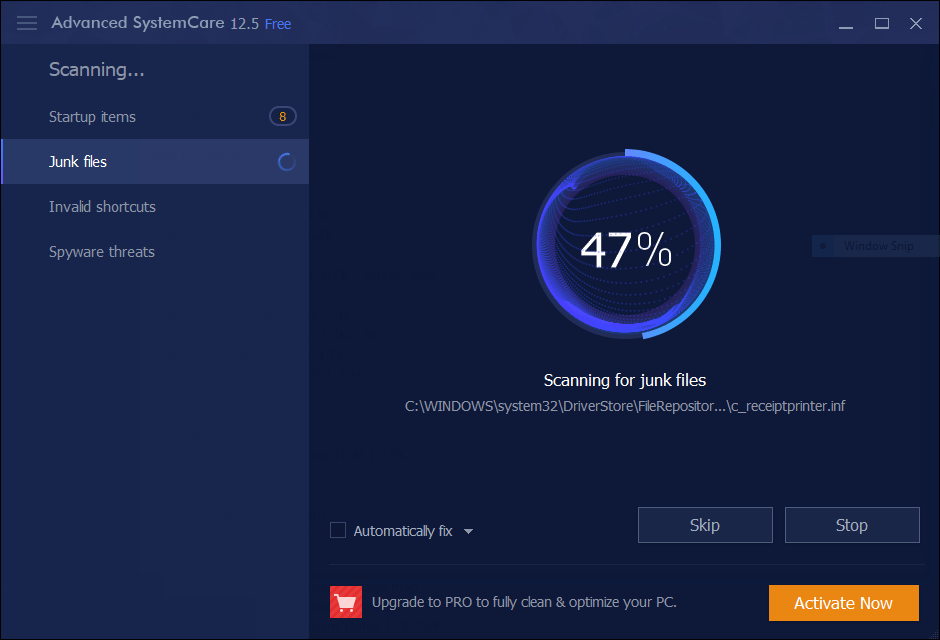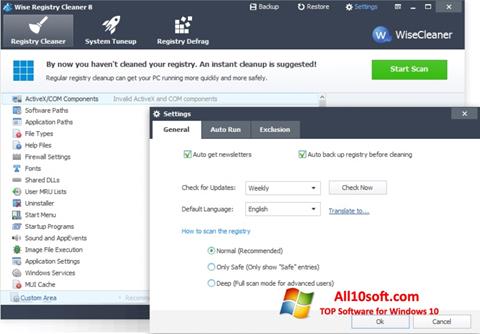

Step 2: In the prompt ‘Select the drive you want to clean up,’ select the drive where Windows OS (C:) is installed and click on OK. Step 1 : Press the Windows key, type Disk Cleanup, and press Enter. This tool is not specific to cleaning up registry files however, it is a handy tool to clean up the leftover files from the registry and, by far, the easiest way to do so. Note : All the methods mentioned below are the same for Windows 10 and 11. There are a lot of free registry cleaners but Windows also has its own built-in registry cleaners that you can use. Let’s discuss different ways to clean the registry on Windows 10 and 11. Once done, let’s get to cleaning the Windows registry. So, we highly recommend storing this backup file on a flash drive or any external hard drive for safety. Sometimes when importing, you may see a registry editor cannot import file error, and one of the common reasons is the file’s location. Step 4 : Select the location and name of the file and click on Save. However, if you are changing a specific branch, you can make a backup for that. Select all of your export ranges to back up the entire registry.

Step 3 : Go to the File menu and select Export from the drop-down. Step 2: Next, click on Yes to the prompt. Step 1 : Press ‘Windows Key + R’ and type the following command to open Registry Editor. You can use this backup to restore the registry to its original state if something goes wrong. So, Create a Backup of Registry FilesĪs a precaution, before proceeding with registry cleanup, you should take a backup of the registry. This can result in registry errors and may slow down the performance of your computer. Over time, as more and more entries are added to the registry, it can become bloated and inefficient.

These can be caused by a variety of things, such as improperly closing programs, installing/ uninstalling programs without using the proper tools, etc. The buildup of junk files and invalid entries over time is another common cause of registry errors. But when software is uninstalled, these entries aren’t always removed. It often creates new entries in the registry when the software is installed. In most cases, errors are caused by the installation or uninstallation of the software. There are several reasons why registry errors may occur. These entries can potentially land you in big trouble if not cleaned properly. In essence, it is a complex database with information about the hardware and software on your computer. Let us begin by defining what a Windows registry is.


 0 kommentar(er)
0 kommentar(er)
